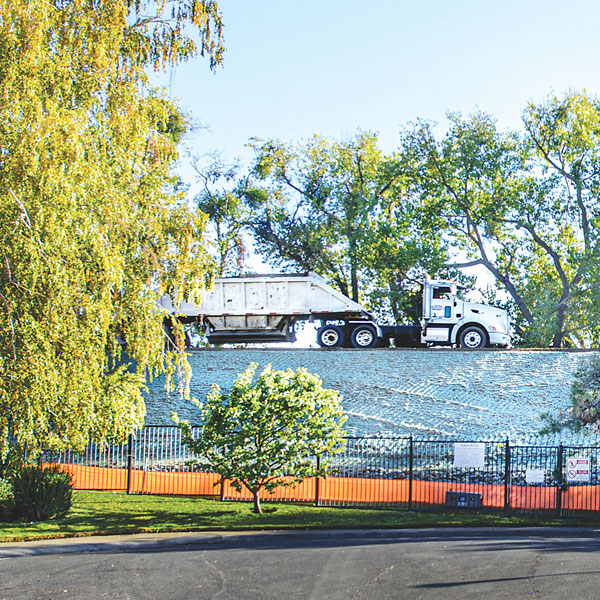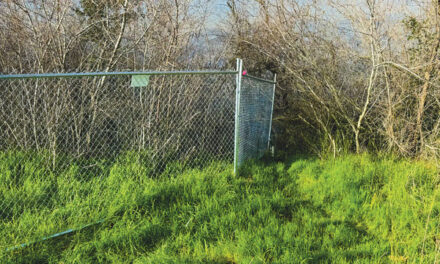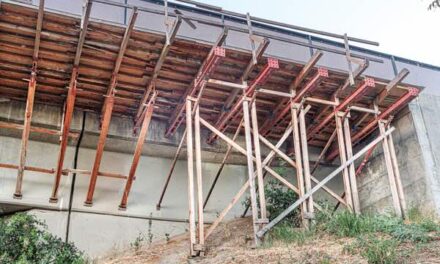The weight of public authority continues to crush a handful of property owners who fought for decades to keep people away from the Sacramento River levee in Pocket, Greenhaven and Little Pocket.
The latest victory for public access comes from the Central Valley Flood Protection Board, the state agency that owns and controls the levees.
In November, the flood board formally canceled its 1996 policy that permitted nine private fences and gates to block the levee. The old policy allowed property owners to seal off public access and create private playgrounds for themselves along the waterfront. The vote to drop the policy was unanimous.

The decision supports statements by the U.S. Army Corps of Engineers that private fences will not be replaced when levee repairs are finished in 2024. The work, which includes building cutoff walls inside the levee to prevent water seepage, is designed to save Sacramento from catastrophic floods.
With the massive levee repair project underway, fences are a minor matter. But they symbolize something important: For five decades, fences and gates privatized the Sacramento River.
Since the late 1960s, the flood board ignored complaints that riverfront property owners threatened and chased residents away from the levee and river area. The flood board made exclusions possible by handing out permits for levee gates and fences—permits that weren’t subject to public notice or objection.
But the flood board evolved with new members appointed by governors Jerry Brown and Gavin Newsom. Led by former Sacramento City Manager Bill Edgar, the flood board decided the fences and gates were hazards to public safety and levee maintenance. They had to go.
Flood board members Jane Dolan and Mary Jane Griego recently toured a levee repair site. Dolan and Griego are experienced politicians—Dolan served eight terms on the Butte County Board of Supervisors and Griego served 16 years as a Yuba County supervisor. They know how fences divide communities. And they recognize the injustice of having taxpayers repair levees that are accessible to only a few select homeowners.
“When you use tax money to make improvements, there has to be an obligation as it relates to maintenance and operations,” Griego says. “Some of these levees look like private balconies with boats and picnic tables and all kinds of recreational stuff.”
For a half-century, property owners along the levee had powerful allies to help keep the general public away from the waterfront. The allies were state and city officials—the same officials who were supposed to protect public interests.
Rather than embrace the river as a recreational jewel, flood board staff met with property owners behind closed doors and handed out fence permits. When riverfront property owners violated their permits and attached barbed wire or stretched fences beyond permitted areas, officials shrugged and said they lacked the capacity to enforce the rules.
When property owners moved or died, state officials didn’t bother to make new owners update their fence permits, as required by law. When people called City Hall to complain about the fences, local authorities said it was the state’s problem, not a city matter. Or they said the levees were “owned” by residents behind the gates—an excuse that would be ridiculous if it weren’t absurd.
Attitudes began to change in the past decade. The flood board ceased handing out levee fence permits. Recreation is not part of the flood board’s authority, so the agency limits its comments to matters of safety and maintenance. But the fence removals will effectively allow the public to access the levees.
Mitra Emami, chief flood maintenance officer for the California Department of Water Resources, provides an example of the bureaucratic limits when she says levee fences “increase the time and type of maintenance” problems and “increase the state’s response time” during emergencies. “The state can’t endorse any permits” for new or rebuilt fences, she says.
Flood board president Edgar echoes Emami. He says, “Based on my experience, I’m not going to support any cross-levee fences. They impede effective completion of the work we’re trying to do.”
Board member Griego sums it up: “One thing that’s certain is change.”
R.E. Graswich can be reached at regraswich@icloud.com. Follow us on Facebook, Twitter and Instagram: @insidesacramento.















